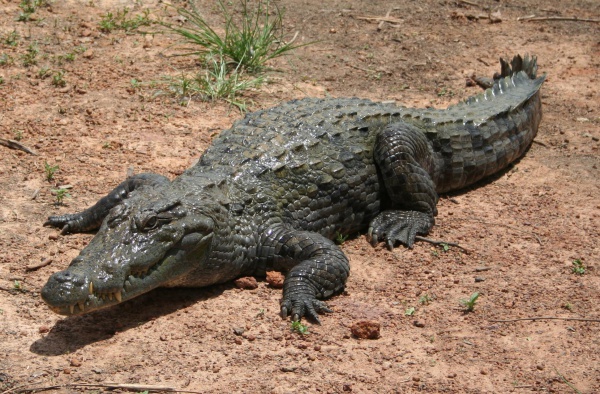Facts About West African crocodile
The West African crocodile, also known as the desert crocodile, is a fascinating species closely related to the Nile crocodile but unique in its own right. It was first identified by Étienne Geoffroy Saint-Hilaire in 1807. For years, scientists assumed it to be a subspecies of the Nile crocodile. However, recent genetic studies have confirmed that it is a distinct species.
The West African crocodile inhabits various parts of West and Central Africa, demonstrating remarkable adaptability by thriving in environments ranging from lagoons and wetlands to arid desert regions. Its range extends from Mauritania to Uganda and the Democratic Republic of the Congo.
Although it is generally smaller and less aggressive than the Nile crocodile, the West African crocodile has still been implicated in human attacks. Interestingly, in some cultures, these crocodiles are revered and protected. Traditional communities often associate them with water and fertility. In Ancient Egypt, these crocodiles were even worshipped as the god Sobek, symbolizing protection and royal power. Archaeologists have discovered mummified West African crocodiles in Egyptian tombs, highlighting their historical significance.
In captivity, the West African crocodile has only recently been recognized as a separate species. This late recognition has led to some confusion, with many of these crocodiles previously mislabeled as Nile crocodiles. European zoos now house breeding pairs of West African crocodiles, and researchers are keenly studying their behaviors and roles in conservation efforts.

 Morocco
Morocco